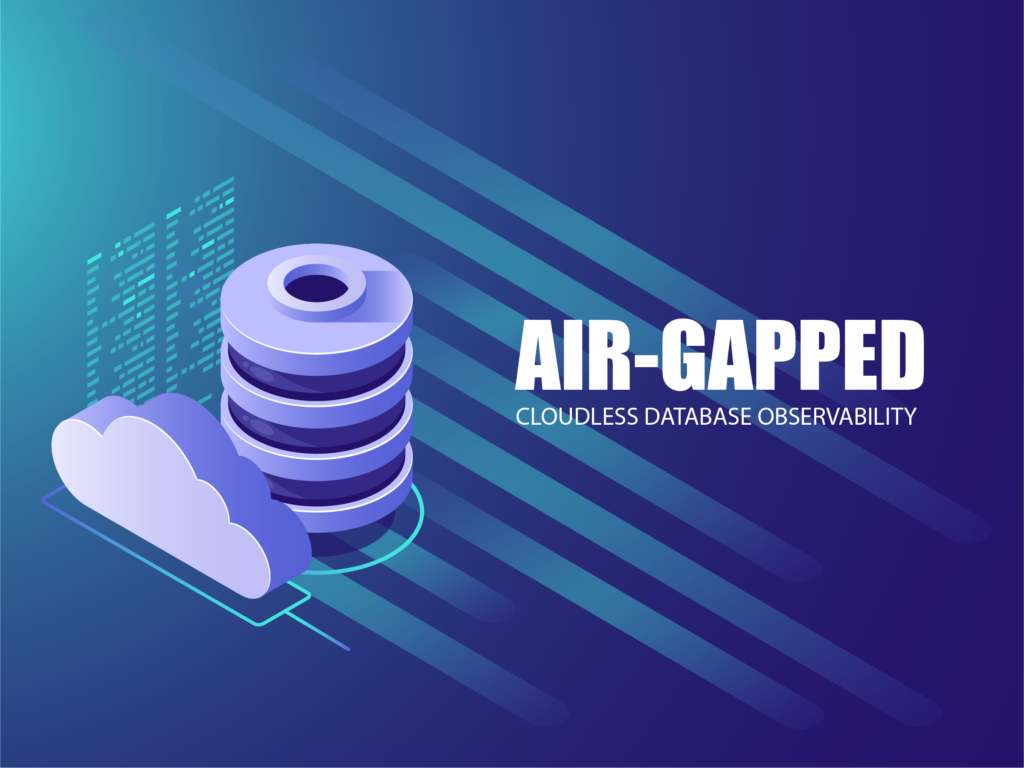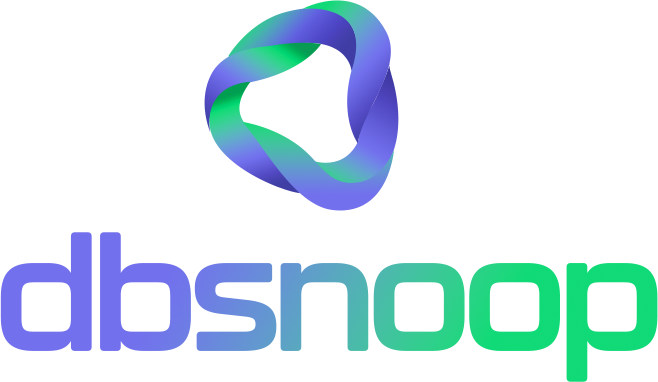
Observability Solutions Have Evolved Greatly in Recent Years — But Almost All Followed the Same Path: SaaS Services, Distributed Cloud Collection, and Constant Connectivity. For Most Companies, That Works Fine. But What If the Environment Simply Can’t Connect to the Outside World?
Air-gapped environments, such as those used in defense, banking, industrial systems, and public institutions, impose extreme restrictions: no external traffic, no public APIs, no SaaS. The demand for total control and absolute isolation completely changes the game — and forces technical teams to rethink every architectural decision.
This article explores the real challenges and strategies for those who need to implement observability in infrastructures that are, by definition, isolated.
What Defines an Air-Gapped Environment?
The technical definition is simple: an air-gapped environment has no direct or indirect connection to public networks, including the internet, other corporate networks, or cloud providers. But in practice, it involves:
- Full control of infrastructure, including firmware, networking, OS, and applications;
- Explicit prohibition of any external traffic, even if encrypted;
- Compliance and auditing restrictions requiring traceability at every component.
This is common in:
- Military or national defense infrastructures
- Industrial plants with SCADA/ICS systems
- Financial datacenters requiring physical segregation
- Public sector environments regulated by LGPD, PCI-DSS, HIPAA, etc.
Why Observability in These Environments Requires an Entirely Different Architecture
Most modern observability stacks assume three premises: constant connectivity, frequent updates, and partial reliance on external services (for visualization, support, AI, etc.).
Air-gapped environments violate all three.
Without connectivity, any dependency on cloud services — for dashboards, storage, machine learning, or alerting — becomes a design flaw. This rules out most mainstream tools: Datadog, New Relic, Dynatrace, Honeycomb, and others simply won’t work here without major adaptations (if available at all).
Key Technical Challenges
1. Collection Without Intrusive Agents
Air-gapped systems often run legacy OS versions, with extreme hardening and minimal tolerance for resident agents. This requires:
- On-demand compiled binaries, audited and locally signed;
- Agents with minimal footprint and no auto-update calls;
- Execution without root, no persistent daemon, and offline fallback.
In many cases, data is collected via scheduled scripts with local buffers and internal job-based delivery — nothing goes external.
2. 100% Truly On-Prem Stack
Running Prometheus or Grafana “on a local server” isn’t enough. The entire architecture must be self-contained: no external APIs, no dependency on modern browser rendering, no components that call home for updates or telemetry.
Additionally, the same environment often needs to be replicated across distinct clusters with identical behavior, without relying on the internet for deployment. This requires infrastructure-as-code compatible with full isolation.
3. Visualization and Alerts Under Restriction
Without a SaaS console, visualization must work locally and be resilient. This means:
- Embedded local dashboards, usually in offline mode;
- Auto-generated reports in “portable” formats (PDF, CSV, JSON);
- Encapsulated alerts via internal channels — local email, SNMP, or even physical log printers (yes, those still exist).
Data transmission outside the environment is done via physical media, with auditable encryption and signing processes.
What Actually Works in These Scenarios
The on-premise installation of dbsnoop Flightdeck offers a robust and secure alternative for organizations operating in air-gapped or highly restricted environments. Because it is deployed fully within the customer’s infrastructure, Flightdeck eliminates any reliance on external connectivity, keeping all observability data — metrics, logs, and traces — under absolute control, with local encryption and retention. The solution is designed to operate autonomously, with lightweight and auditable agents compatible with hardened environments and legacy systems common in defense, financial, and industrial sectors.
Additionally, Flightdeck provides interactive dashboards, local alerts, and automated report generation, without requiring any external services or cloud APIs. This enables engineering and operations teams to gain deep visibility into the environment even in fully isolated contexts — with high-resolution observability and compliance with security and audit standards. The modular architecture facilitates replication across segregated clusters or zones, maintaining the standardization and predictability these environments require.
Also Consider:
- Prometheus + Grafana in standalone mode, with internal scrape and local storage;
- Zabbix, which has mature support for offline environments and distributed topologies;
- Elastic Stack, used in controlled mode with local ingestion and embedded visualization;
- Custom tools, often developed in-house or adapted from auditable open-source projects.
But what defines success isn’t the tool — it’s the ability to operate with zero external dependency, with predictable behavior and audit-verified reliability.
Conclusion
Observability in air-gapped environments isn’t about following trends. It’s about resilience, reliability, and absolute control.
While much of the market moves toward generative AI and API-driven automation, these environments go the opposite direction: total predictability and zero external variables. And far from being a limitation, that’s what ensures the robustness required to operate under zero-risk conditions.
At dbsnoop, we know that not all infrastructure can rely on the cloud. We work alongside technical teams operating under strict constraints, helping them adapt modern observability practices to complex, isolated realities with the highest reliability standards. If that’s your case, talk to us.
Visit our YouTube channel to learn about the platform and watch tutorials.
Schedule a demo here.
Learn more about Flightdeck!
Learn about database monitoring with advanced tools here.


